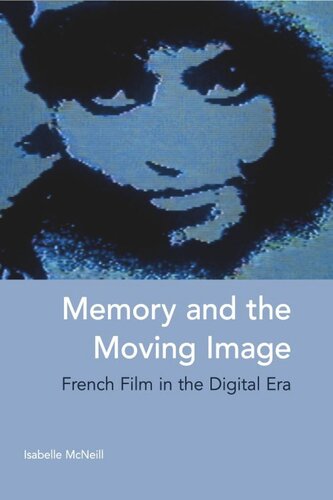

Most ebook files are in PDF format, so you can easily read them using various software such as Foxit Reader or directly on the Google Chrome browser.
Some ebook files are released by publishers in other formats such as .awz, .mobi, .epub, .fb2, etc. You may need to install specific software to read these formats on mobile/PC, such as Calibre.
Please read the tutorial at this link: https://ebookbell.com/faq
We offer FREE conversion to the popular formats you request; however, this may take some time. Therefore, right after payment, please email us, and we will try to provide the service as quickly as possible.
For some exceptional file formats or broken links (if any), please refrain from opening any disputes. Instead, email us first, and we will try to assist within a maximum of 6 hours.
EbookBell Team

5.0
110 reviewsGBS_insertPreviewButtonPopup('ISBN:9780748638918);
A vital rethinking of memory and the moving image for the digital age, Isabelle McNeill investigates the role of the moving image in cultural memory, considering the impact of digital technologies on visual culture. Drawing on an interdisciplinary range of theoretical resources and an unusual body of films and moving image works, the author examines the ways in which recent French filmmaking conceptualises both the past and the workings of memory. Ultimately the author argues that memory is an intersubjective process, in which filmic forms continue to play a crucial role even as new media come to dominate our contemporary experience.
Memory and the Moving Image:
Works considered include Jean-Luc Godard's Histoire(s) du Cinéma (1989-98), Yamina Benguigui's Mémoires d'Immigrés (1997), Chris Marker's CD-ROM Immemory (1998), Claire Simon's Mimi (2003), Michael Haneke's Caché (2005) and Agnès Varda's multi-media exhibition, L'Île et Elle (2006).